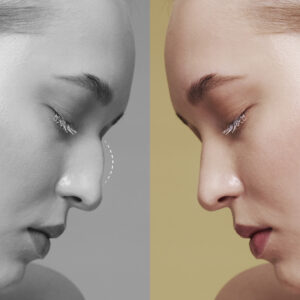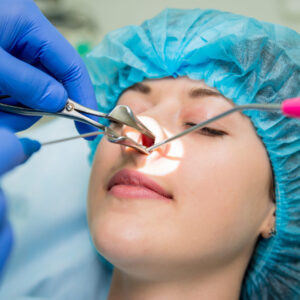Description
Familiarity with Treatment
Partial stapedectomy is a surgical procedure used to address conductive hearing loss caused by otosclerosis, a condition characterized by abnormal bone growth in the middle ear. The goal of the procedure is to restore the vibration of fluids within the cochlea, thereby increasing sound amplification and bringing hearing levels to acceptable thresholds.
Procedure
During partial stapedectomy, a portion of the stapes footplate is removed to improve sound transmission into the inner ear. The procedure involves the use of a microdrill to create a precise fenestration in the footplate, allowing for the placement of a prosthesis to restore sound conduction. The use of a microdrill allows for controlled bone removal, minimizing trauma to surrounding tissues.
Who is it Suitable For?
Partial stapedectomy is suitable for individuals with otosclerosis and conductive hearing loss due to abnormal bone growth in the middle ear. It may be considered in cases where the disease is minimal and confined to specific areas of the stapes, and when normal mobility of the ossicular chain can be achieved without the need for a prosthesis.
Who is it Not Suitable For?
Partial stapedectomy may not be suitable for individuals with extensive otosclerosis or specific medical conditions that may affect the feasibility or safety of the procedure. A comprehensive evaluation by an otologic surgeon is necessary to determine the suitability for partial stapedectomy.
Advantages
- Improved Sound Conduction: Partial stapedectomy aims to restore sound conduction by removing a portion of the stapes footplate, thereby improving hearing outcomes in individuals with otosclerosis.
- Precise Procedure: The use of a microdrill allows for precise and controlled bone removal, minimizing trauma to surrounding tissues and reducing the risk of postoperative complications.
Complications
Complications of partial stapedectomy may include:
- Perilymph Leakage: Uncontrolled leakage of perilymph, the fluid that fills the inner ear, is a potential complication of the procedure.
- Inner Ear Trauma: There is a risk of trauma to inner ear structures during the procedure, which can lead to damage and potential hearing loss.
- Postoperative Vertigo: Some individuals may experience postoperative vertigo, although rates may vary based on the specific technique and approach used.
Preoperative Care
Preoperative care for partial stapedectomy involves a comprehensive evaluation, including preoperative imaging, to confirm the diagnosis and assess the extent of otosclerosis. This evaluation helps in determining the suitability for the procedure and identifying any potential anatomical considerations.
Postoperative Care
Following partial stapedectomy, individuals should adhere to postoperative instructions provided by their healthcare team. This may include guidelines for wound care, pain management, and activity restrictions. Patients may also undergo postoperative audiological assessments to monitor hearing outcomes and identify any potential complications.
Partial stapedectomy is a surgical procedure aimed at treating conductive hearing loss caused by otosclerosis by removing a portion of the stapes footplate.








Reviews
There are no reviews yet.